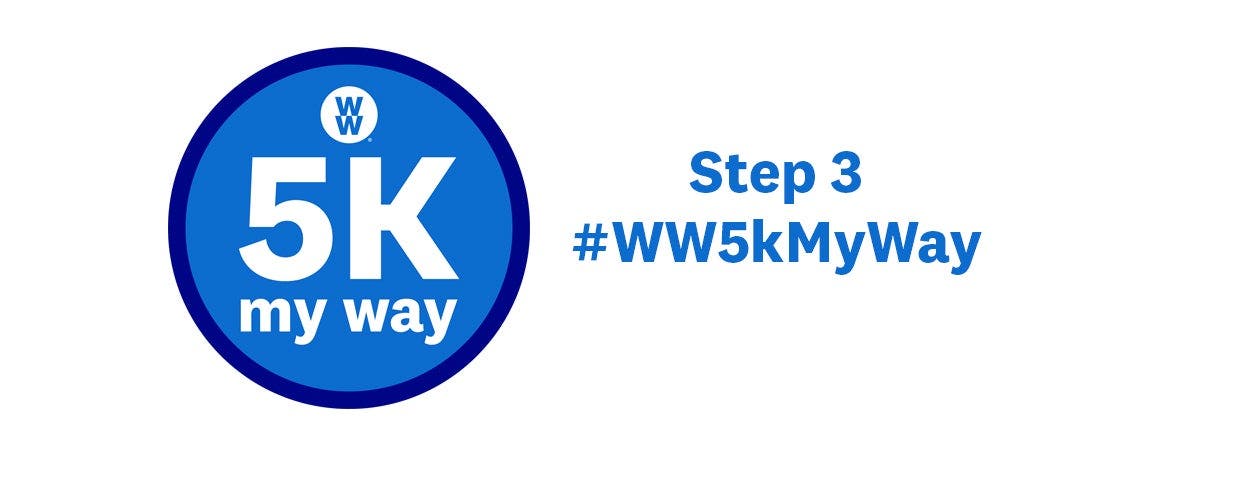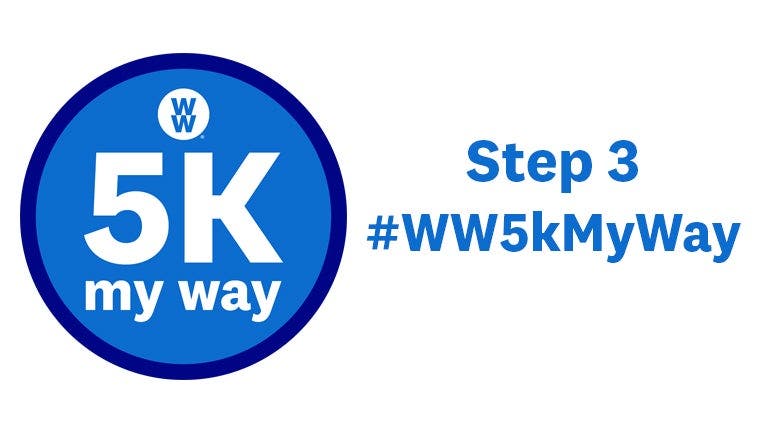5kMyWay training plan - Step 3
By WeightWatchers
Published 23 April, 2019


Step 3: Improve your technique
Try these tips to help you exercise effectively
Running
- Running forces your heart and lungs to work harder than when you are walking, giving you greater improvements in cardiovascular fitness. Running is a great way to burn calories too, but as it’s high impact, be sure to stretch well and listen to your body.
- Invest in proper running shoes to support your feet and reduce the risk of injury. Be aware of your posture: run upright with your head over your shoulders and your shoulders over your hips.
- Your arms should swing gently at your sides with hands relaxed. Elbows shouldn’t rise up, and hands shouldn’t cross over your front.
- Always stretch after running. Stretch out your thighs, hamstrings, hips, lower back, bottom and calves.
- To step it up, try 60-second intervals. Run above normal pace for a minute, then just under normal pace for a minute, and repeat up to 10 times.
Cycling
- Suitable for all fitness levels, cycling lets you adjust and control the intensity and is low impact, so you’re less likely to strain or injure muscles and joints. It can also be easier to cycle for longer than you could run or walk, so it can help build endurance.
- Check your seat height: you shouldn’t be able to fully straighten your legs as you move the pedals.
- On longer rides, try shifting the position of your hands and bottom regularly to help prevent soreness.
- Avoid pedalling in a high gear for long periods of time, as it can put strain on your knees (aim for 70-90 revolutions a minute).
- Nervous about road cycling? Find safe cycle routes local to you on the Sustrans website
- For a short but tough workout, try Tabata intervals, where you pedal fast for 20 seconds, then rest for 10. Try completing six rounds to start, gradually increasing up to 10 rounds.
Swimming
- Swimming is very low impact and suitable for everyone, including those with joint problems. If you can’t swim for long, walking in the water is also effective. Because water is denser than air, it adds resistance, which helps to improve muscular strength.
- Control your breathing with a steady rhythm, and don’t forget to take a water bottle to stay hydrated.
- Correct hand positioning will improve your stroke. Make a large, flat surface with your hands, but don’t squeeze your fingers together.
- Different strokes work different muscles, so mix up your stroke for a more effective workout.
- If you want to focus on upper or lower body strength, use a hand-held float to work on your legs, or hold a pull buoy float between your legs to give your arms a better workout.
- Try wearing fins (flippers) to improve your swimming technique. They will increase your speed through the water, improve your leg strength and help you focus on perfecting your arm movements in each stroke.
Walking
- Walking just 30 minutes a day can help to reduce your risk of developing chronic illnesses, including heart disease, type 2 diabetes and certain cancers.
- If you currently do little or no activity, begin with 10-15 minutes walking a day, then increase by 5 minutes every few days.
- When you’re ready to step things up, try to increase your pace. Use a pedometer or activity tracker to see how many steps you do in 30 minutes, then next time try to beat it by five per cent.
- For an extra challenge, try walking on an uneven surface like sand – you will use more muscles to stay balanced.
- Listen to music or an audio book while you walk to help keep you motivated.
- If you’re on a treadmill, set the incline to one per cent to replicate the feel and challenge of walking outside.
...or throw a curveball!
Mix things up even more by incorporating something new into your #WW5kMyWay challenge. If you play a sport such as tennis or netball, or love fitness classes like Zumba, simply wear a Fitbit or pedometer while you work out and you can count your session towards your 5k. For every 1320 steps you rack up while doing the activity, you will have completed 1k*.
- AEROBICS
- BOXING
- CIRCUIT TRAINING
- DANCING
- FOOTBALL
- GOLF
- NETBALL
- TENNIS
- ZUMBA
*1320 steps per kilometre worked out using the average stride of 0.762m per step. Consult your doctor before trying a new exercise regime.
